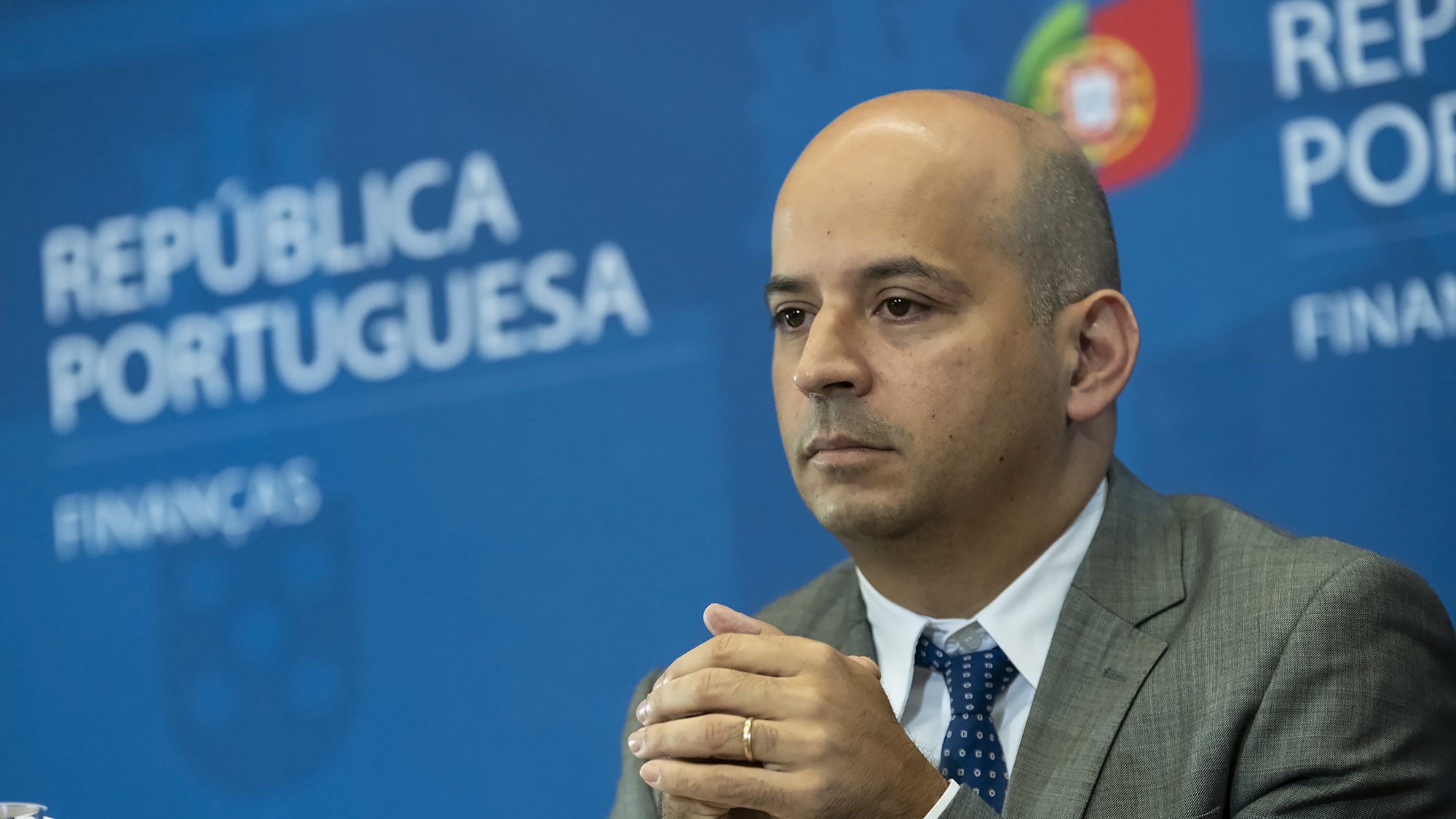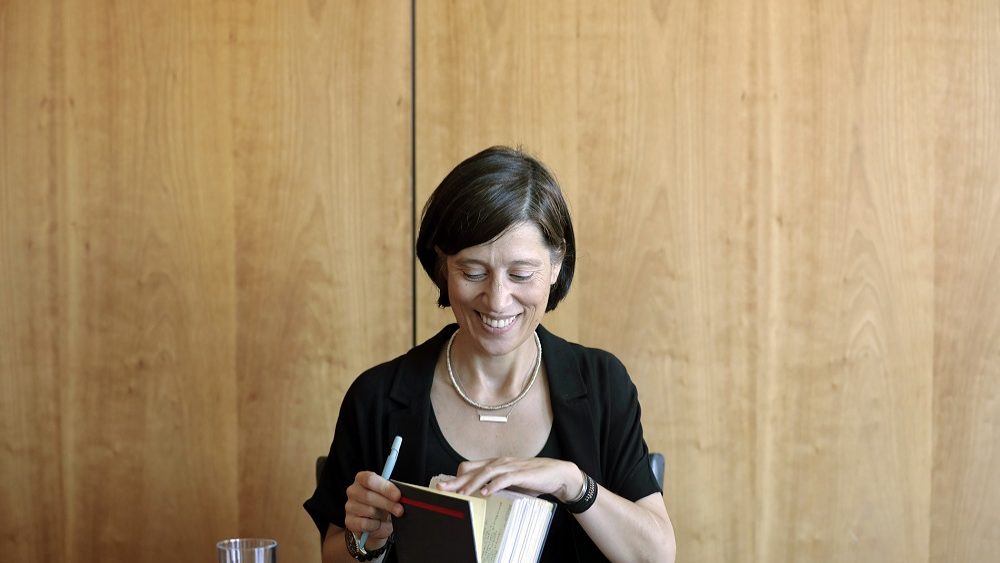Public expenditure over €100B for first time in 2021
According to the statistical body, investment rose by 16.9% (€755 million more than in 2020), after having already increased by 22.9% in 2020.
Public expenditure reached 101.7 billion euros in 2021, corresponding to 48.1% of GDP, 1.2 percentage points less than in 2020, the National Statistics Institute (INE) reported on Thursday.
Compared to 2020, public expenditure increased by 3% in nominal terms, reflecting the increased budgetary effort associated with economic policy measures to minimise the impact of the pandemic.
“Thus, in 2021, public expenditure exceeded, for the first time, 100 billion euros, as a result of the growth of its main items: remunerations (4.0%); intermediate consumption (8.2%); and social benefits (2.8%),” INE said in the released report.
According to the statistical body, investment rose by 16.9% (€755 million more than in 2020), after having already increased by 22.9% in 2020.
On the other hand, expenditure on property income (which corresponds mainly to interest paid) decreased by €613 million (-10.6%), relative to 2020, maintaining the markedly downward trajectory of this expenditure since 2015.
Expenditure on subsidies, current and capital transfers, “which had registered a sharp rise in 2020, as a consequence of the economic policy measures taken to mitigate the impact of the Covid-19 pandemic, maintained an abnormally high level in 2021, but decreased by 1.3% compared to the previous year.”
In 2021, the weight of public expenditure in relation to GDP was 48.1% in Portugal, 4.3 percentage points lower than the figure for the euro zone.
However, INE points out that, if the comparison is made with the simple average of the expenditure weights in GDP of the various countries in the euro zone, Portugal has similar figures in the last four years.
According to INE, social transfers were the item of economic classification with the greatest relative weight, representing 40.7% of total expenditure, while remunerations and intermediate consumption corresponded to 24.5% and 12% of that total, respectively.
“Compared to the Euro area and taking GDP as a reference, it can be seen that Portugal has relatively greater public expenditure on remunerations and the payment of property income, and relatively less public expenditure on social benefits, intermediate consumption and investment,” it indicated.
Looking at expenditure by function, in 2020, the last year for which this information is available, social protection accounted for 38.2% of the total, followed by health and general government services, which includes interest paid, with 14.7% and 14.4%, respectively.
In the analysis the data considered by INE for 2021 are preliminary, the data for 2020 are provisional, while the data for the period 1995 to 2019 have the nature of final information.


